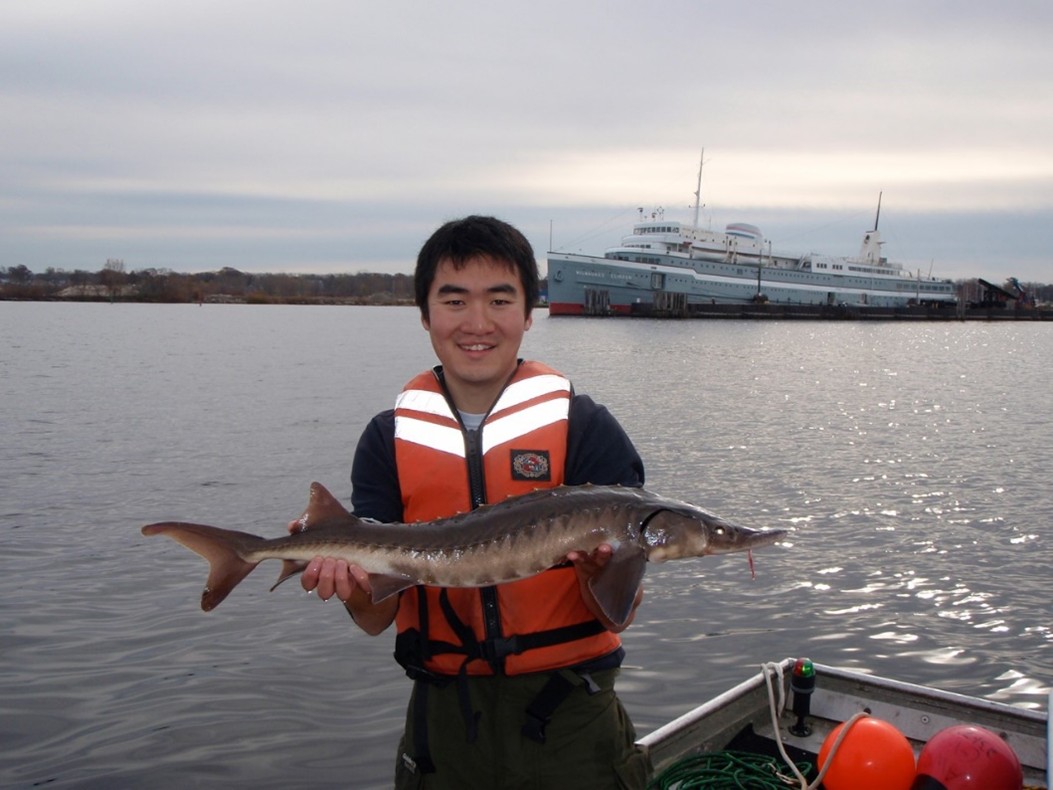
We’re celebrating a major win: Muskegon Lake, a 4,149-acre lake that drains into the western shore of Lake Michigan, has officially been removed from the list of the most environmentally degraded areas in the Great Lakes.
It’s thanks to decades of collaborative restoration efforts among local communities, state and federal agencies, and advocates, as well as consistent federal funding that the Alliance for the Great Lakes has fought hard to maintain.
For years, the lake was ringed by factories, foundries, and paper plants. Locals talked about being able to tell which factory was operating based on the color of the water that day. The heavy industry left behind a legacy of pollution that landed the lake on the federal government’s list of “Areas of Concern” – 43 highly degraded areas along the Great Lakes in need of significant remediation.

In all, more than 190,000 cubic yards of contaminated sediment were remediated from Muskegon Lake – enough to fill roughly 9 football fields, each 10 feet deep. Beaches have reopened, wetlands are restored, and new recreation opportunities are fueling the local economy. A study by Grand Valley State University estimates that for every dollar spent on the restoration, there were six dollars in economic benefit.
On the day Muskegon came off the list, Dr. Alan Steinman, an Alliance Board member who was active in the cleanup efforts for decades, said it best: “It’s a huge day for Muskegon.”
Our work isn’t done. There are 23 remaining U.S. Areas of Concern. And the major federal program that supports their cleanup – the Great Lakes Restoration Initiative – needs to be reauthorized next year. We’re fighting to make sure it’s renewed and fully funded.

Muskegon Lake’s restoration was possible because The Great Lakes Restoration Initiative had long-term support across many administrations and from both political parties. It’s a model for what we can achieve with consistent bipartisan commitment to the lakes we all share.
And it’s a reminder of why we can’t stop fighting for Great Lakes restoration.
Thank you for your support, which makes wins like this possible.
